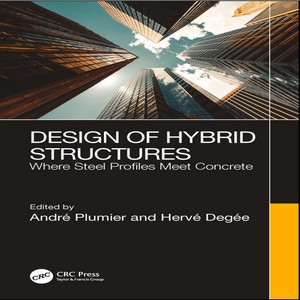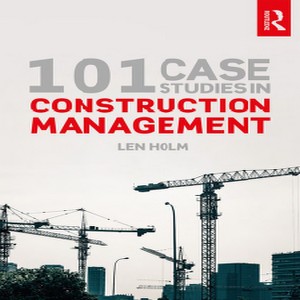Design of hybrid structures: Where Steel Profiles Meet Concrete
Edited by André Plumier and Hervé Degée
Well-designed hybrid structures can combine different performance strengths of materials.
This guide focuses on design approaches for concrete structures reinforced in an unconventional way by steel profiles.
Design of hybrid structures explains force transfer mechanisms of steel profiles and concrete interfaces, and an analysis of the characteristics of hybrid structures, including slender components.
Several types of hybrid designs are addressed: walls and columns with several embedded steel profiles, connections strengthened by steel profiles between steel and composite or reinforced concrete components,
including the specific case of shear keys connecting deep beams or flat slabs to columns.
The transition zones in partly reinforced concrete and partly composite columns are also covered.
Design of Hybrid Structures draws on the European SMARTCOCO research project of experimentation and numerical modelling, giving practical guidance for designers and introducing the subject to researchers
and graduate students.
Concrete and steel are a good “match” for the following reasons: they have nearly the same thermal dilatation coefficient (to ensure compatibility of deformation),
and a homogeneous elevation of temperature does not generate significant internal stresses;
steel embedded in concrete’s alkaline state constitutes good protection against corrosion; concrete ensures good fire resistance; and steel has good adherence to concrete.





Reviews
There are no reviews yet.